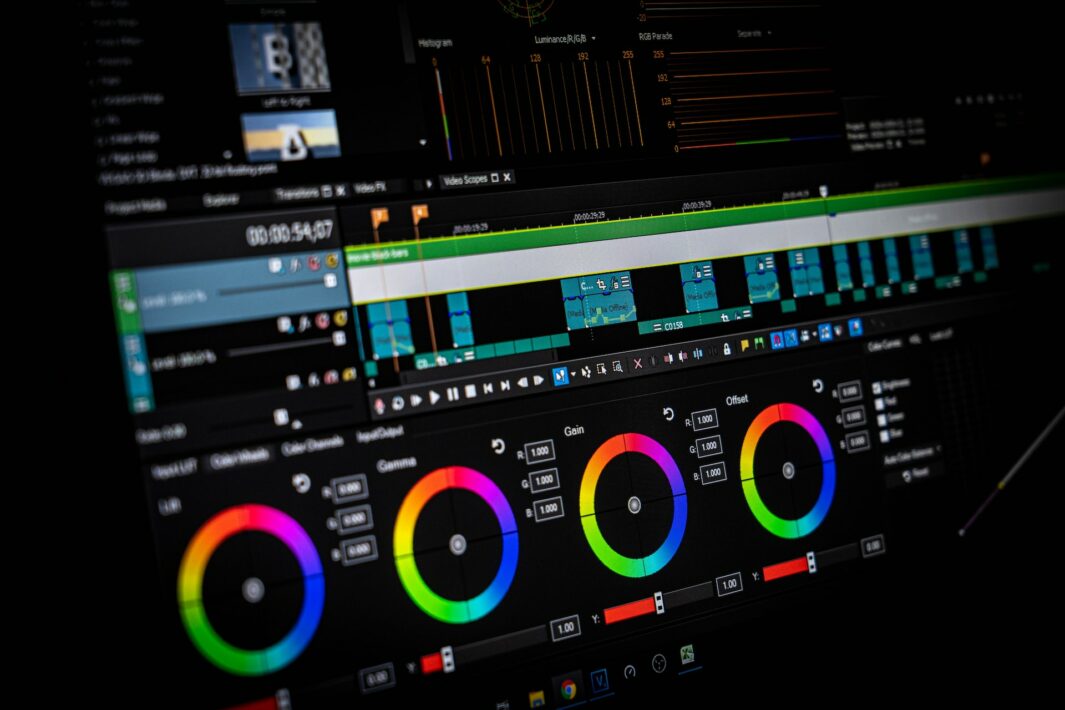Photo editing is a complex process that involves many different steps, and it can be challenging to achieve the desired results. Here are a few common challenges that editors may face when working with photographs:
- Removing unwanted objects: Removing unwanted objects from a photograph, such as power lines or people, can be difficult and time-consuming. This is especially true if the object is in the foreground of the image or if it is partially obscured by other elements in the scene.
- Adjusting color and tone: Adjusting the color and tone of an image can be challenging, especially if the photograph was taken in difficult lighting conditions. It can be difficult to achieve the desired look without introducing artifacts or altering other parts of the image.
- Retouching and smoothing skin: Retouching and smoothing skin in a photograph can be difficult, especially if the person in the photograph has blemishes or wrinkles. It can be challenging to achieve a natural-looking result without introducing artifacts or making the skin look unnatural.
- Adjusting perspective: Adjusting the perspective of an image can be difficult, especially if the photograph was taken at an angle. It can be challenging to make the lines in the image appear straight and parallel, without introducing distortion.
- Composition: Achieving a good composition in a photograph can be challenging, especially if the scene is cluttered or if the elements in the image don’t align well.
- Removing noise: Removing noise from an image can be difficult, especially if the photograph was taken in low-light conditions. It can be challenging to remove the noise without introducing artifacts or altering other parts of the image.
- Working with different file formats: Each file format has its own unique characteristics, and it can be challenging to work with different file formats and achieve consistent results.
- Meeting client expectations: Meeting client expectations can be challenging, especially if the client has a specific vision in mind for the final image. It can be difficult to achieve the desired results without introducing artifacts or altering other parts of the image.
These are some of the common challenges that photo editors may face when working with photographs. However, with the advancements in technology, AI-powered photo editing software can help to overcome some of these challenges, making the editing process faster, more efficient, and more accurate.

Examples of AI implementation in photo editing
Artificial intelligence (AI) has already revolutionized many industries, and the field of photo editing is no exception. AI-powered photo editing services have the potential to enhance the way we edit and enhance photographs, making the process faster, more efficient, and more accurate.
Automation of repetitive tasks
One of the most significant benefits of AI in photo editing is the ability to automate repetitive tasks. For example, using AI algorithms, it is possible to remove unwanted objects from a photograph automatically or to adjust the brightness and contrast of an image with just a few clicks. This can save editors a significant amount of time, allowing them to focus on more complex tasks that require a human touch.
Improving the quality of images
Another benefit of AI in photo editing is improving the quality of images. With the help of machine learning algorithms, photo editing software can analyze an image and make adjustments that would be difficult or impossible for a human to replicate. For example, AI-powered software can remove noise and blur from a photograph, making it look sharper and more detailed. Additionally, AI can be used to enhance the color and tone of an image, making it look more vibrant and lifelike.
Accuracy
Additionally, AI can help to improve the accuracy of photo editing. With the help of machine learning algorithms, photo editing software can analyze an image and make adjustments that would be difficult or impossible for a human to replicate. For example, AI-powered software can remove noise and blur from a photograph, making it look sharper and more detailed. Additionally, AI can be used to enhance the color and tone of an image, making it look more vibrant and lifelike.
Moreover, AI-powered photo editing software can also be used to create unique and interesting effects. For example, AI algorithms can be used to create a stylized version of a photograph, such as a painting or a sketch. Additionally, AI can be used to create composite images, blending multiple photographs together to create a new, unique image.
So, is AI worth it?
AI has the potential to greatly enhance photo editing services. Automation of repetitive tasks, improvement of image quality, increase in accuracy, and creation of unique and interesting effects are some of the benefits of using AI in photo editing. However, it’s important to note that despite the advancements in AI, it’s still not a replacement for human creativity and artistic vision. AI-powered photo editing tools should be seen as a tool that complements the skills of professional photo editors, rather than a replacement for them.
